Water usage in waste management: Traditional Bins vs. Envac’s Automated System
Traditional waste collection methods consume significant amounts of water for bin cleaning, while automated waste collection systems like Envac significantly reduce this consumption. This article explores the differences in water usage between conventional waste collection and Envac’s system.
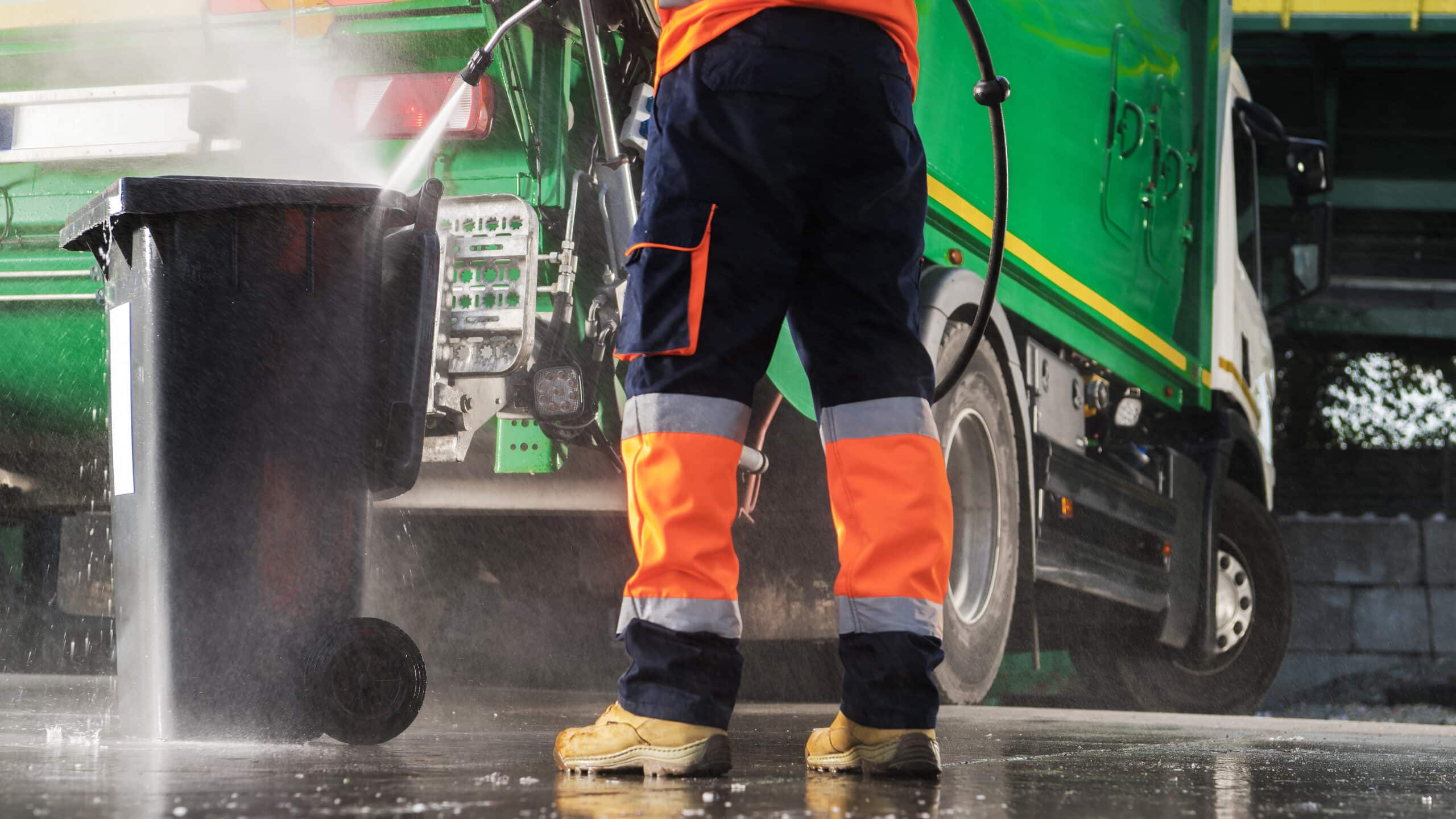
Water is an essential but increasingly scarce resource. With the looming global water crisis, efficient usage of water is a crucial aspect of sustainable waste management. Traditional waste collection methods consume significant amounts of water for bin cleaning, while automated waste collection systems like Envac significantly reduce this consumption. This article explores the differences in water usage between conventional waste collection and Envac’s system in the UK, demonstrating how the latter aligns with the United Nations Sustainable Development Goals (SDGs), particularly SDG 6 (Clean Water and Sanitation) and SDG 11 (Sustainable Cities and Communities).
Water usage in traditional bin cleaning
To better illustrate water consumption in traditional bin cleaning, consider the following example
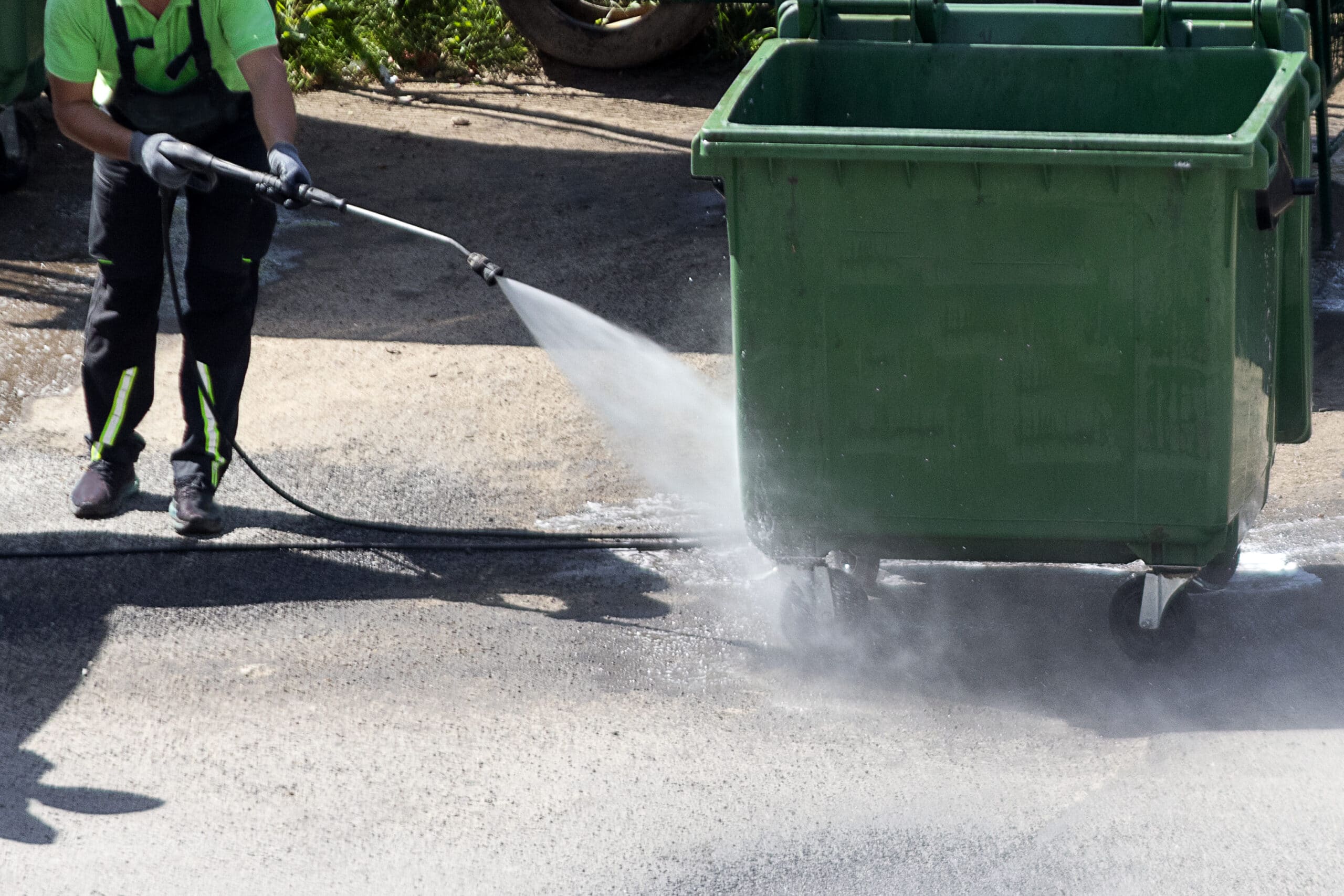
1360 litres of water per household for bin cleaning
- The average size of a garden hose is 12mm with a 45 PSI pressure.
- A 25m hose delivers approximately 34 litres of water per minute.
- If it takes 10 minutes to clean a set of household bins, this results in 340 litres of water pwer cleaning session.
- With bins being cleaned four times a year, a single household could use over 1360 litres of water annually just for bin cleaning.
- Extrapolated across thousands of households, this significantly contributes to overall water watages in traditional wast managment systems.
0%
Water savings
When using Envac’s system compared to traditional systems.
Conventional waste collection methods involve bins or containers that require regular cleaning due to accumulated organic waste, residue, and potential odours. In the UK, traditional waste collection systems require the cleaning of waste bins four times a year using cleaning vehicles, consuming an estimated 35 litres of water per tonne of waste.
Additionally, bin-cleaning trucks carry 6,000 litres of water per trip, making multiple trips within residential areas. This results in substantial water consumption over a waste collection system’s 60-year operational lifespan. Cleaning waste collection rooms in residential buildings further contributes to water consumption in these systems.
Apart from bin cleaning, traditional waste collection also involves water usage in other areas. Waste collection rooms require occasional high-pressure washing to maintain hygiene standards, particularly in high-density residential areas. Moreover, vehicle maintenance for diesel-powered waste collection trucks necessitates water for engine cooling, washing, and upkeep. This further increases water wastage when compared to automated systems that rely on underground pipelines with minimal water requirements. While necessary for hygiene and operational efficiency, this cumulative water usage underscores the inefficiencies in traditional waste collection methods, highlighting the need for more sustainable solutions.
Envac’s automated waste collection: A water-saving and sustainable alternative
Envac’s automated waste collection system offers a revolutionary alternative that significantly reduces or eliminates the need for water-intensive bin cleaning. In addition to minimising water usage, it enhances urban cleanliness by preventing waste spillage, reducing odours, and decreasing pest infestations, contributing to healthier living environments. The system employs underground pneumatic waste transport, moving waste directly from disposal points to a central collection terminal without the need for conventional waste bins. As a result, water consumption is drastically minimised because:
- Waste inlets remain sealed, preventing leakage or residue buildup.
- The underground pipes require only occasional maintenance rather than regular high-pressure cleaning.
- Unlike traditional methods, where each bin requires frequent washing, Envac’s system does not rely on large numbers of individual bins.
According to the carbon footprint analysis in the UK, water consumption in Envac’s system over 60 years totals 1,997,092 kg (approximately 1.99 million litres), compared to over 10 million litres used for bin cleaning in traditional systems. Furthermore, the need for chemical cleaning agents, which often accompany bin cleaning processes, is almost entirely eliminated, reducing chemical runoff into water sources and lowering overall environmental pollution. This represents a water saving of approximately 80%, making Envac’s method a more sustainable solution.
The environmental, health, and economic benefits

Reduced carbon footprint and improved air quality
The reduction in water usage contributes to a lower carbon footprint. Cleaning vehicles, which operate with high water consumption, also emit greenhouse gases due to fuel use. Eliminating the need for frequent bin cleaning leads to fewer cleaning truck journeys, reducing emissions associated with water transportation and vehicle operation.

Operational cost savings
- Less water usage means lower utility costs for municipalities and waste management authorities.
- Fewer cleaning vehicles reduce maintenance, fuel, and operational costs.
- Automated systems require less manpower for waste collection and bin maintenance, leading to additional savings.
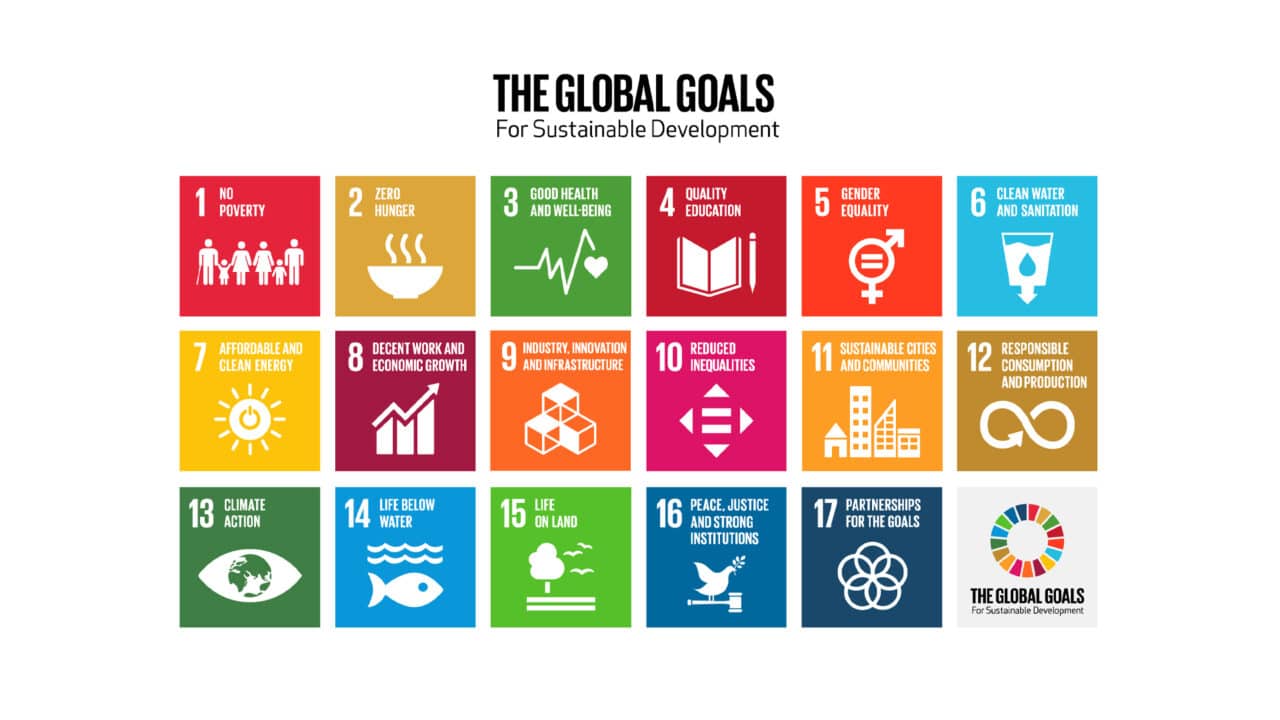
Alignment with UN sustainable development goals (SDGs)
Envac’s automated waste collection system aligns with SDG 6 (Clean Water and Sanitation) by significantly reducing water consumption in waste management. Additionally, it contributes to SDG 11 (Sustainable Cities and Communities) by improving urban hygiene, reducing vehicle congestion, and lowering pollution levels.
With World Water Day approaching on 22nd March, adopting such sustainable practices is crucial in addressing water conservation challenges. Cities looking to improve sustainability should consider transitioning to automated waste management systems that prioritise water efficiency and environmental responsibility.
Conclusion and future implications
The contrast between conventional waste collection and Envac’s automated system highlights a critical opportunity for water conservation. Given the 80% reduction in water usage, along with additional environmental and economic benefits, it is evident that adopting automated waste collection systems is a necessary step toward sustainable urban living. As climate change and resource scarcity continue to challenge global sustainability efforts, innovative solutions like Envac’s system offer a forward-thinking approach to reducing water waste while improving overall efficiency in waste management.
References
- United Nations sustainable development goals (SDGs): SDG 6: clean water and sanitation, and SDG 11: sustainable cities and communities.
- World Water Day official documentation, United Nations, 2024.
- UK government waste and resource efficiency reports, Data.gov.uk, 2023.
- 35 litres of water per tonne of waste is a calculated average from studies on water consumption in waste collection, including Chàfer et al. (2019), Iriarte et al. (2009), and Usón et al. (2013).
Related articles
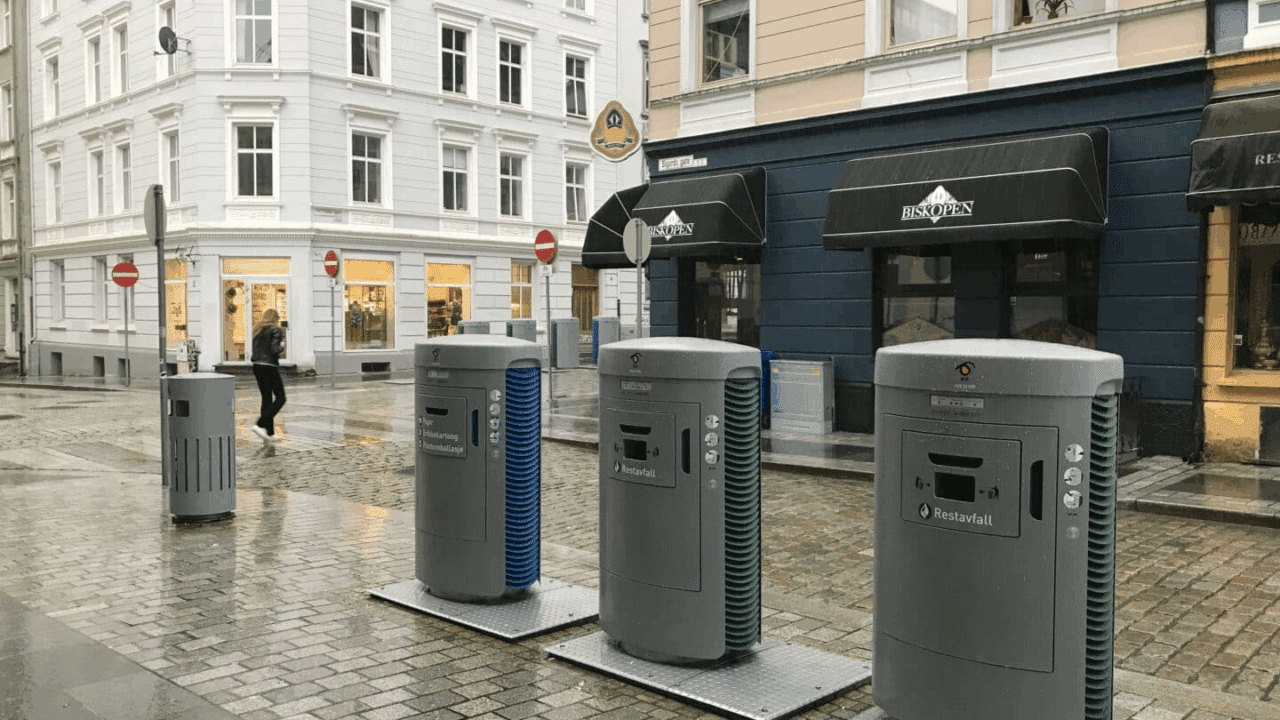
Designing Cities for the Future: Why Waste Belongs Underground
Designing Cities for the Future: Why Waste Belongs Underground Cities are growing taller and denser than ever before. Yet many still rely on outdated waste /../
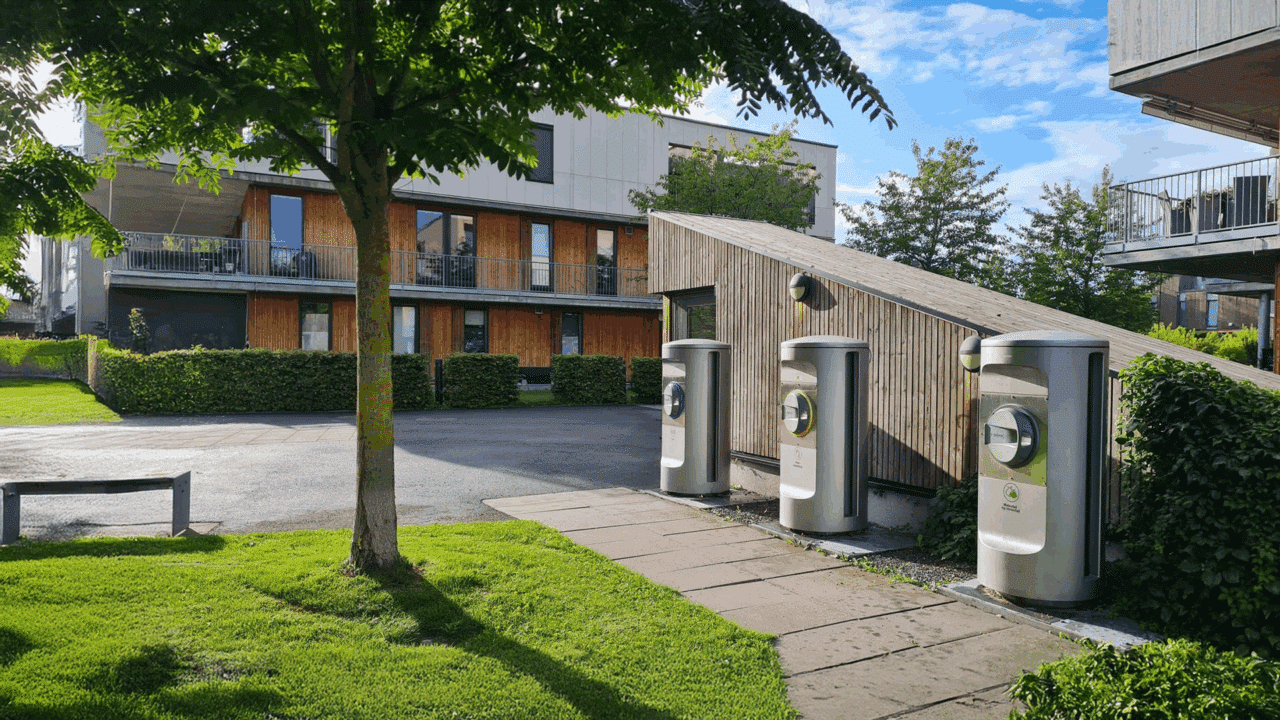
Building Sustainable Cities with Waste Automation
Building Sustainable Cities with Waste Automation Cities are growing fast. More people means more waste, but also higher expectations for cleaner, quieter, and more sustainable /../

Transforming waste management in high-rise and mixed-use developments
Traditional waste management systems often fall short in meeting the demands of modern urban living. Envac’s custom waste collection systems offer a revolutionary solution, blending luxury, sustainability, and practicality to elevate property value and enhance the resident experience.